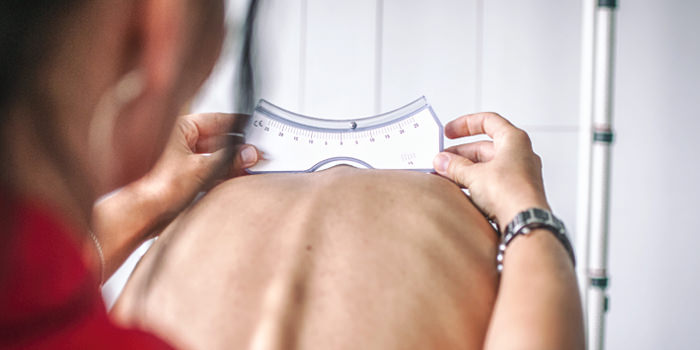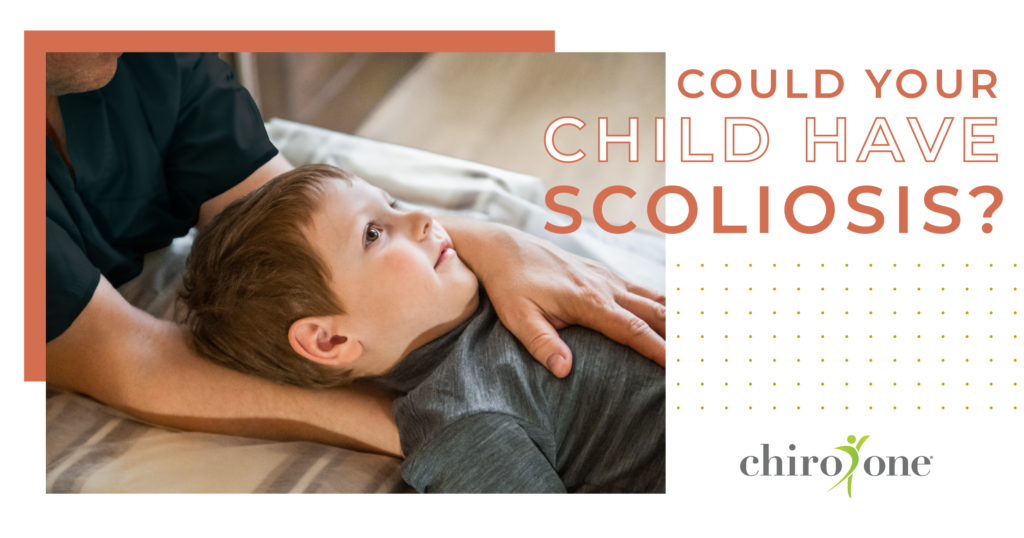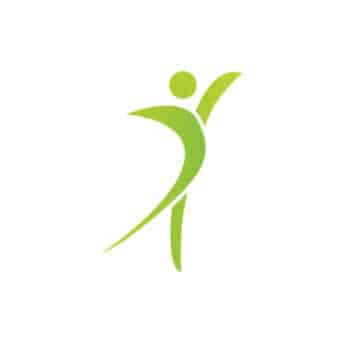Could Your Child Have Scoliosis?
May 31, 2018
What is scoliosis?
Scoliosis is a spinal disorder traditionally defined as a sideways curvature (or curvatures) of the spine. Often, the curves appear S-shaped or C-shaped. The most common form of scoliosis is idiopathic, which accounts for about 80 percent of scoliosis cases. Unfortunately—and frustratingly—idiopathic means “without known cause,” meaning experts don’t have all the answers for sufferers.
Who is affected?
Scoliosis affects between 6 and 9 million people in the United States. Of those suffering from the disorder,
children aged 10 to 15 are the largest age group, and girls are more often affected than boys.
While it’s common in this age and gender group—people of any age, race, gender, etc. can be diagnosed with scoliosis.
What causes scoliosis?
As mentioned above, most cases of scoliosis are without a known cause. Some cases, such as congenital scoliosis, do have a known cause. In congenital scoliosis, the curves are thought to be due to abnormally formed vertebrae, present at birth.

What are the signs and symptoms?
Typically, those who have scoliosis won’t experience back pain, so it’s important to look for physical signs such as:
- Uneven shoulders or a shoulder blade that protrudes farther than the other when your child is standing
- A rib hump (rib prominence) or a lower back hump (lumbar prominence) when your child is bending forward
It’s important to note that scoliosis can run in families—so if you know of someone in your family that is affected, or have a child that has been diagnosed, be sure to have other family members checked.
How is scoliosis diagnosed?
Scoliosis can be diagnosed using medical and family history, a physical examination, and X-rays of the spine. Be sure to have your child checked by a professional, often times the signs of scoliosis are subtle and can be easily missed.
What are the treatment options?
There are several options for treating scoliosis, such as chiropractic, observation and bracing. Studies have shown active chiropractic treatment has improved the Cobb angle and pain scores. Experts agree that scoliosis is best treated when found early—so if you suspect your child may be at risk or has developed the disorder, it’s best to get them in for a check-up right away.

